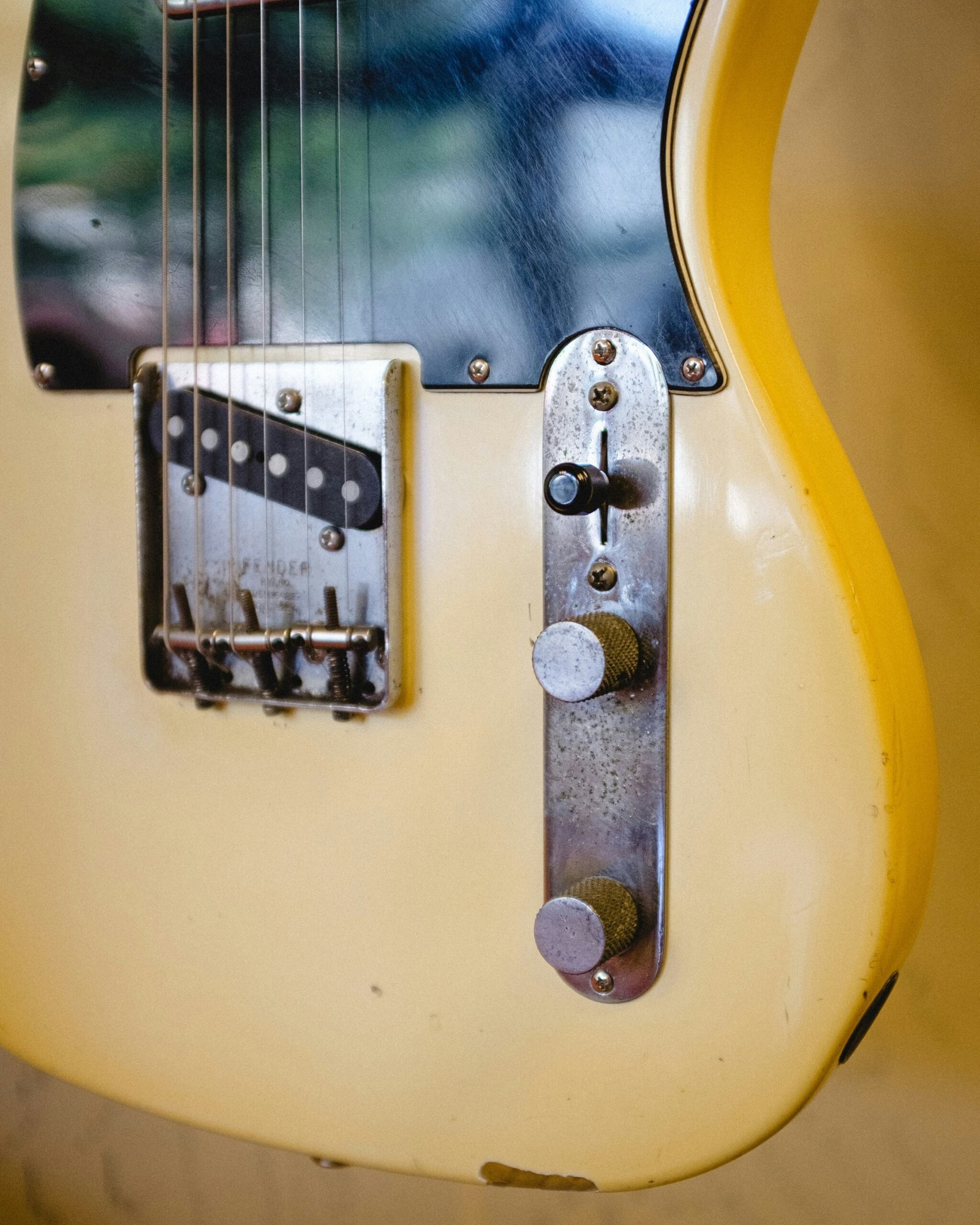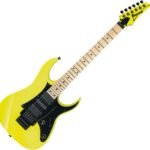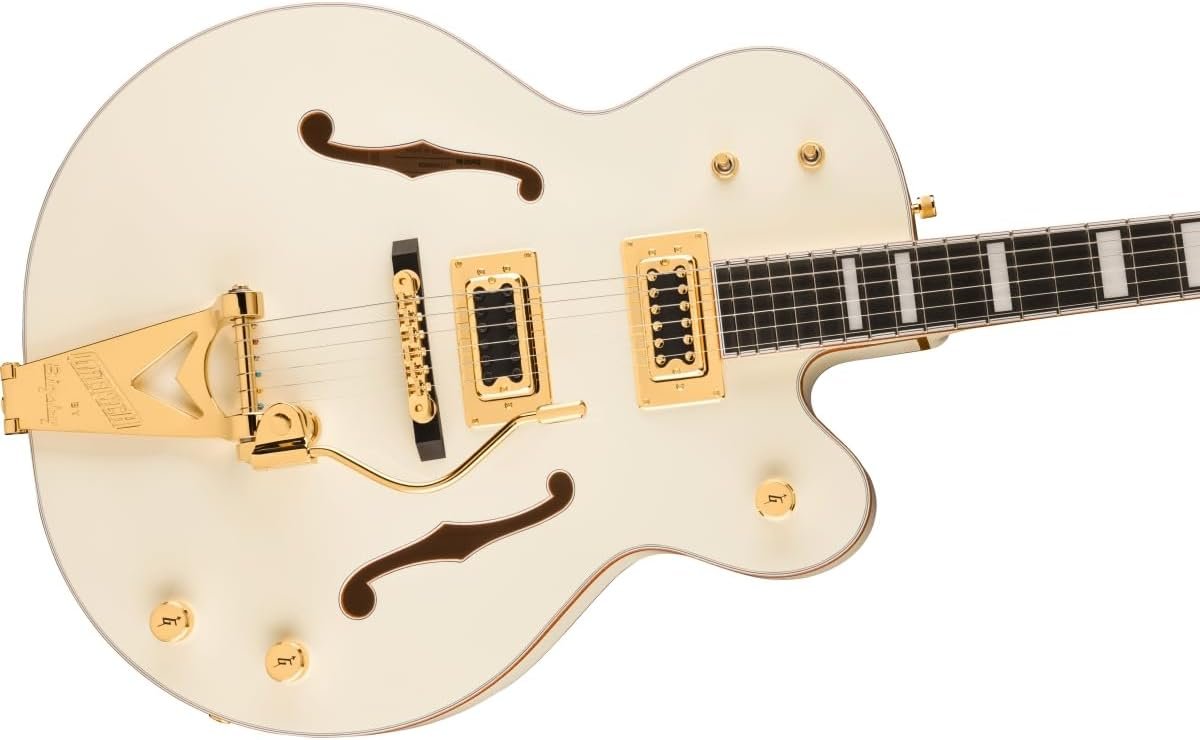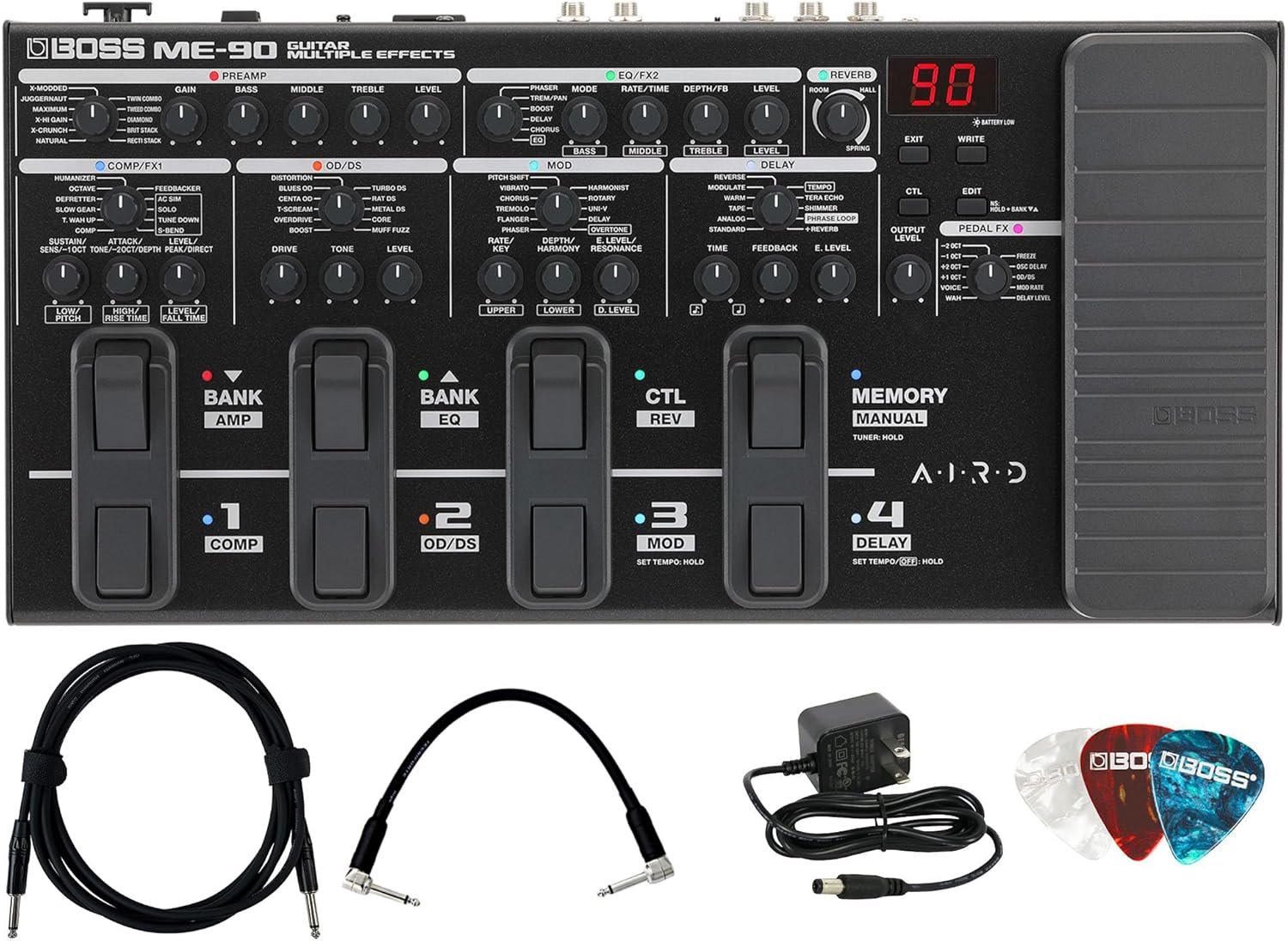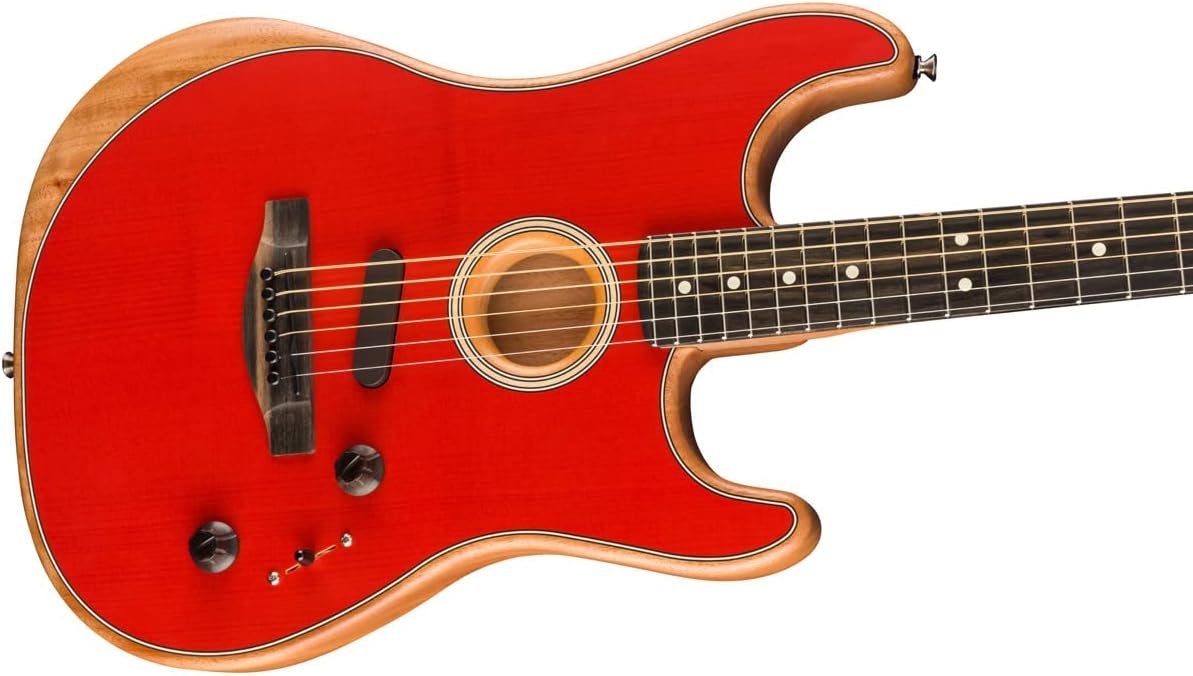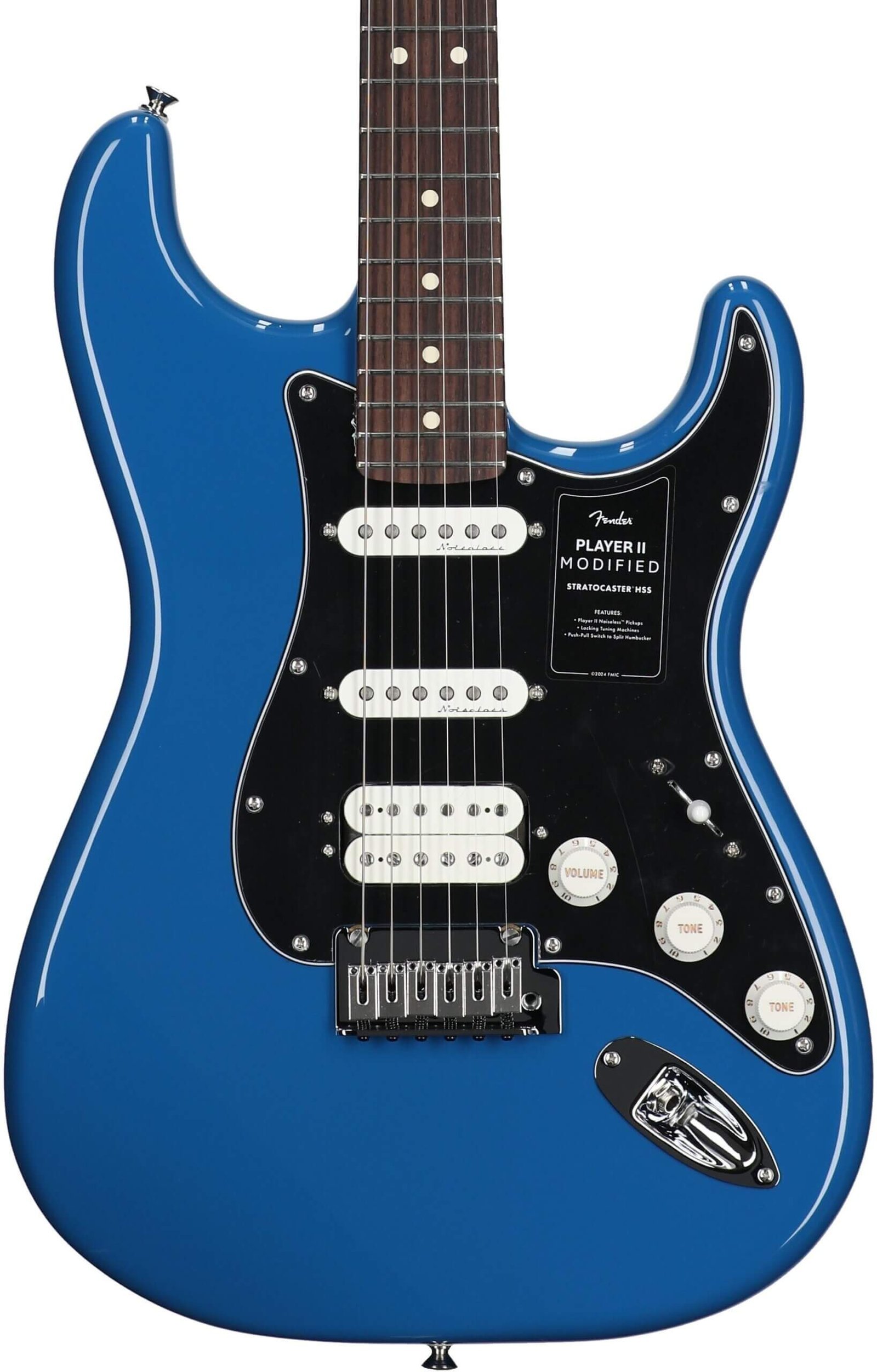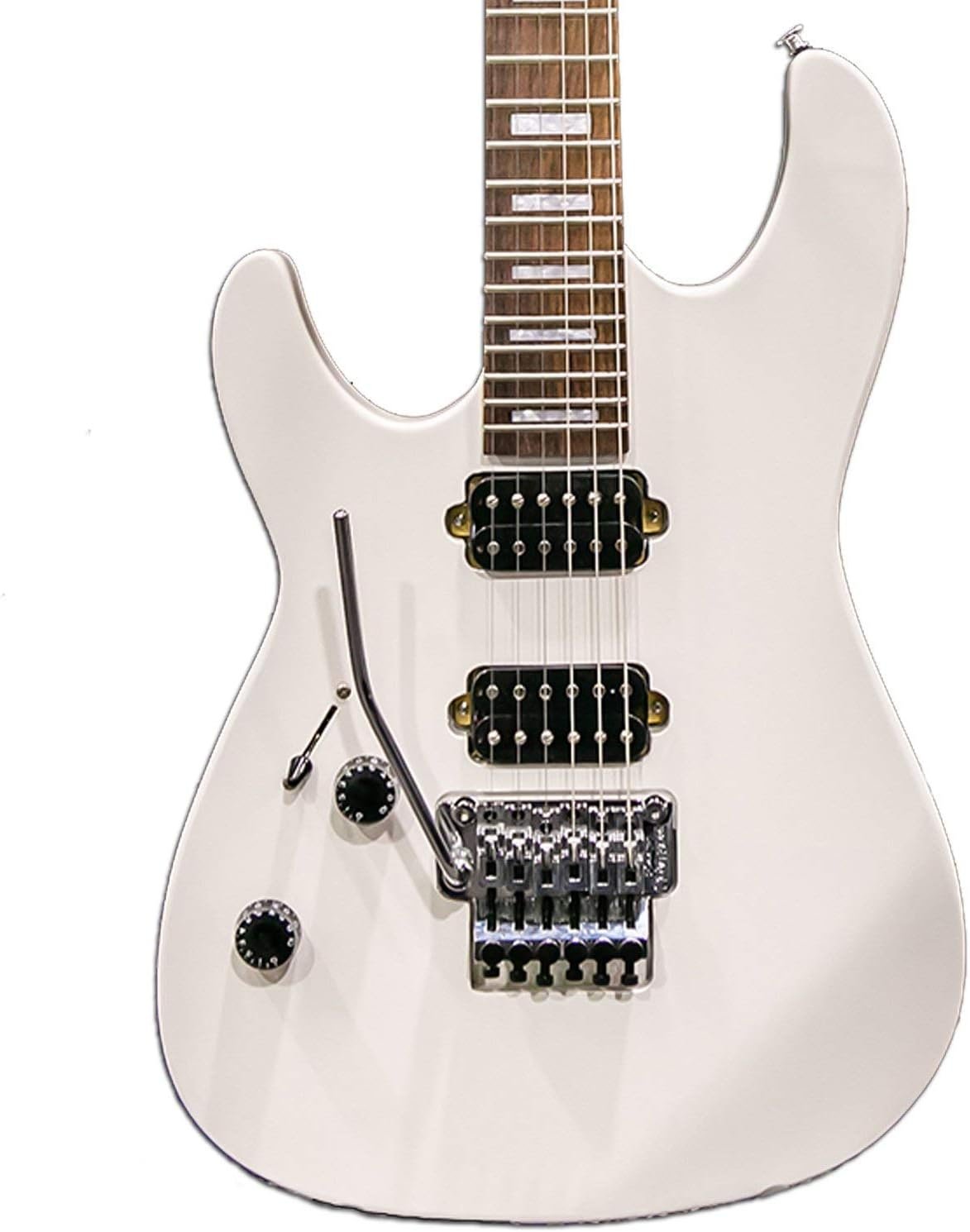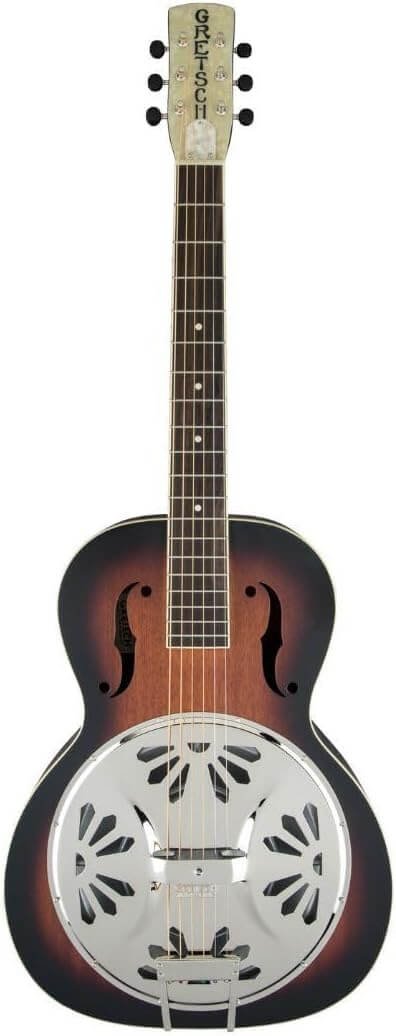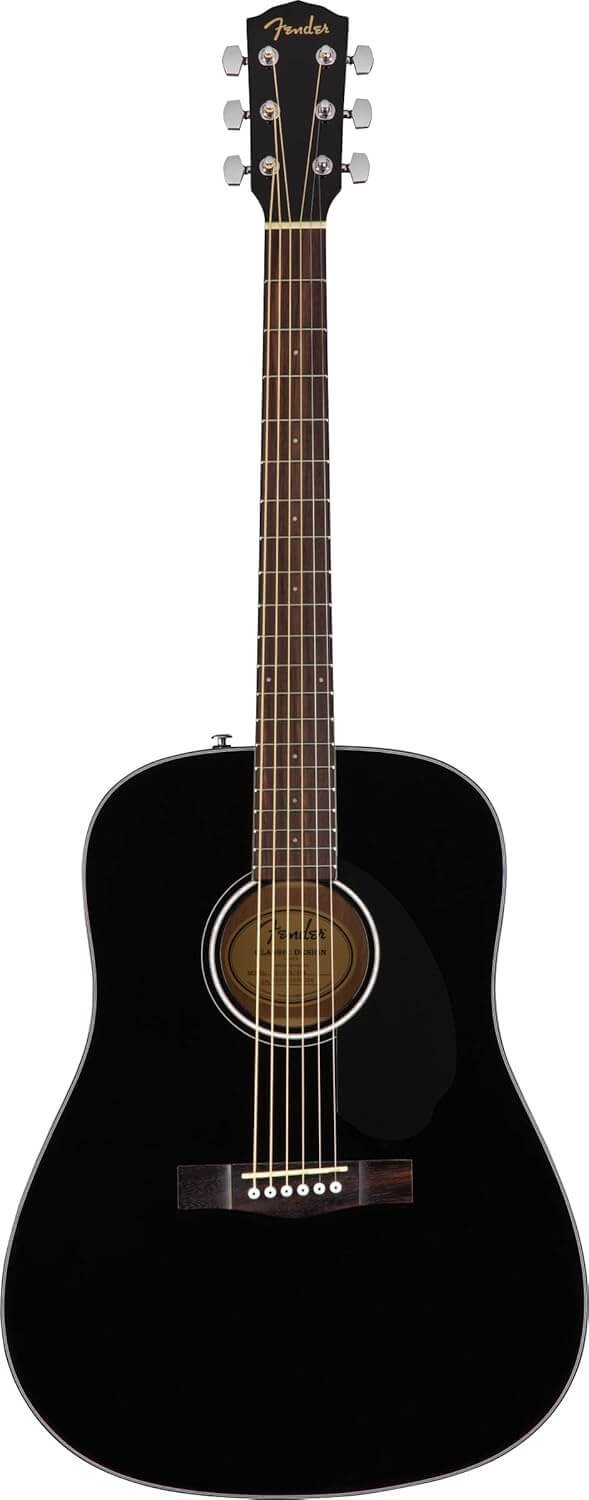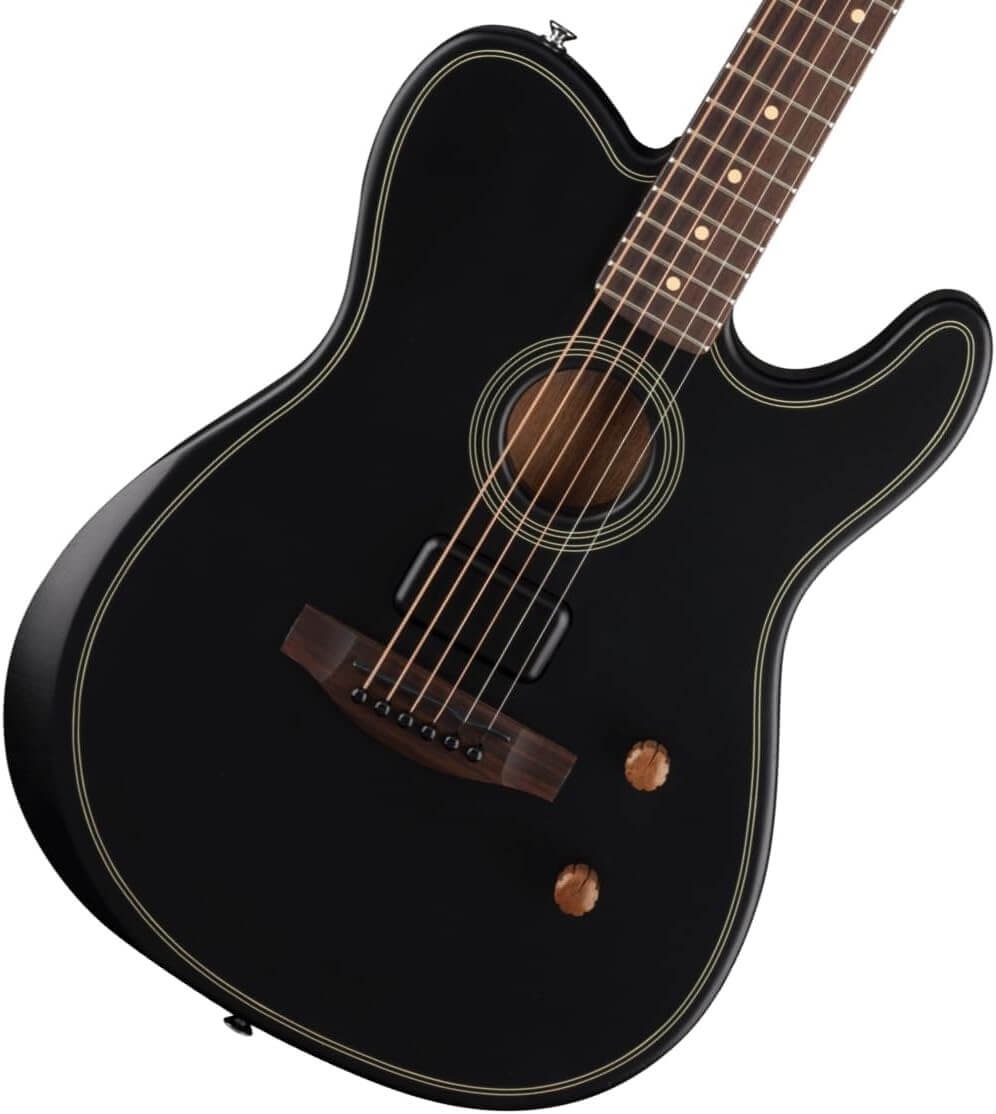Introduction to the Fender Telecaster
The Fender Telecaster, first introduced in the early 1950s, occupies a significant position in the landscape of modern music. Recognized as one of the first mass-produced solid-body electric guitars, the Telecaster immediately distinguished itself through its unique design and versatility. Its inception marked a pivotal moment in the evolution of guitar technology, allowing musicians across diverse genres to explore new sonic possibilities. The 1952 model, in particular, serves as a benchmark for evaluating the Telecaster’s enduring legacy.
The simplicity of the Telecaster’s design, characterized by its single-cutaway body and straightforward control layout, contributed to its appeal among both novice and professional musicians. It quickly became integrated into the sounds of rock, country, blues, and jazz, illustrating its adaptability to various musical styles. Artists such as Keith Richards, Muddy Waters, and Bruce Springsteen have embraced this instrument, attributing their sonic signatures to the distinctive tonal qualities of the Telecaster.
Furthermore, the 1952 Telecaster introduced features that have become synonymous with its identity. Its ash body provided a bright, cutting tone that helped it stand out in ensemble settings. Combined with a maple neck, which offered a snappy response, the instrument facilitated a playing experience that was both expressive and dynamic. As we delve deeper into the specifics of the 1952 Fender Telecaster, it is essential to appreciate not only its physical attributes but also the cultural impact it has had on the music industry. This electric guitar laid the groundwork for future designs and continues to inspire musicians globally, affirming its status as a timeless classic.
Historical Context: The Birth of the Telecaster
The emergence of the Fender Telecaster in 1952 marked a significant milestone in the history of electric guitars, shaped by various technological advancements and cultural factors of the early 20th century. In the years leading up to its creation, Leo Fender, an innovative inventor and entrepreneur, recognized a growing demand for instruments that could achieve greater volume and sustain than traditional hollow-body guitars. This vision propelled Fender into the electric guitar market, and by the late 1940s, he began developing solid-body designs that would eventually culminate in the Telecaster.
During this period, guitar manufacturing was evolving rapidly, with the introduction of electromagnetic pickups significantly enhancing the output and fidelity of the instruments. The use of materials such as ash and maple allowed for a sturdier and more resonant body, which contributed to the Telecaster’s distinctive sound. Fender’s forward-thinking approach was driven by the belief that a solid-body electric guitar could meet the demands of emerging musical styles, such as country, jazz, and rock and roll.
The social landscape of post-World War II America was also instrumental in popularizing the electric guitar. As the nation entered a period of economic recovery, new musical genres began to flourish, and young people became enamored with popular music. This cultural shift created an avenue for the Telecaster, which was not only affordable but also versatile enough to cater to various playing styles. The guitar’s unique design—featuring a single cutaway and a simple control layout—made it user-friendly, appealing to both amateur and professional musicians alike.
Ultimately, the culmination of Leo Fender’s innovative design philosophy and the social dynamics of the time paved the way for the birth of the Telecaster. This timeless instrument has since transcended generations, influencing countless musicians and shaping the musical landscape across diverse genres. The 1952 Fender Telecaster remains a testament to the vision and ingenuity that defined an era in guitar history.
Design Features of the 1952 Telecaster
The 1952 Fender Telecaster is celebrated for its innovative design that resonates with both aesthetic beauty and functional excellence. At the forefront of its design is the choice of materials, primarily solid ash for the body. This not only contributes to the guitar’s durability but also enhances its tonal qualities, producing a bright and resonant sound that is highly valued by musicians. Ash, known for its lightweight characteristics, enables players to handle the instrument comfortably during extended performances.
The Telecaster’s distinctive single-cutaway body shape plays a pivotal role in its identity. This design feature offers several practical benefits, including easy access to the higher frets, which is essential for versatile playing styles. The contour of the body is balanced, providing ergonomic comfort while maintaining a sleek and appealing silhouette. The iconic butterscotch blonde finish adds to its charm, providing a timeless aesthetic that has become synonymous with the Telecaster model. The light finish allows the natural grain of the wood to show through, creating a unique and organic look that can vary from one instrument to another.
Equipped with its original single-coil pickups, the 1952 Telecaster presents musicians with a clear and cutting tone that has become a staple in various music genres, particularly in country and rock. The pickups are designed for simplicity, allowing players to easily manipulate their sound through the straightforward control layout, which features one volume and one tone knob alongside a three-way pickup selector switch. This intuitive arrangement not only enhances the user experience but also serves to accentuate the Telecaster’s legendary expressive capabilities.
Overall, the design features of the 1952 Fender Telecaster reflect a harmonious blend of form and function, making it an enduring symbol in the world of electric guitars.
The Original Sound: Electronics and Tone
The 1952 Fender Telecaster is revered for its distinct tonal characteristics, primarily attributed to its innovative electronics. Central to this sound are the Telecaster’s single-coil pickups, which set it apart in an era dominated by various guitar designs. Designed for clarity and brightness, these single-coil pickups effectively capture the nuances of a player’s technique, resulting in a sharp, cutting tone that has become synonymous with country, rock, and blues music.
Unlike many of its contemporaries, which often featured humbuckers designed for a warmer sound, the Telecaster’s single-coil pickups deliver a pronounced treble response. This sharpness allows for crisp articulation, enhancing the guitar’s ability to penetrate a mix, allowing it to shine in both recordings and live performances. The unique tonal spectrum of the 1952 Telecaster appealed to a wide range of musicians, enabling it to become a favored instrument across diverse genres.
Another characteristic of the Telecaster’s electronics is its simple wiring configuration, which includes a three-way pickup selector switch and individual volume and tone controls. This configuration provides players with immediate access to a range of tonal variations, from bright and twangy to deeper and warmer sounds. The guitar’s versatility is further accentuated by the quality of its components, which were built to withstand the rigors of stage performance.
In comparison to other guitars from the same era, the Telecaster’s clear and cutting sound profile made it an anomaly. While instruments like the Gibson Les Paul explored fuller, thicker tones through dual humbucker assemblies, the Telecaster carved its niche by offering a lively output that complemented the playing styles of many musicians. Its sonic capabilities, particularly through the use of single-coil pickups, firmly established the 1952 Fender Telecaster as an enduring icon in the music world.
Iconic Players and Their Influence
The 1952 Fender Telecaster has long been celebrated not just for its craftsmanship, but also for the legendary artists who helped define its place in music history. From the honky-tonks of Nashville to the vibrant rock scenes of London, this instrument has been embraced by numerous iconic players, each contributing uniquely to its popularity.
One of the earliest proponents of the Telecaster was Muddy Waters, a pivotal figure in the blues genre. His use of the 1952 Telecaster on recordings such as “Electric Mud” showcased the guitar’s distinct twang and versatility, essential for the muddy yet melodic sound of Chicago blues. The sharp, biting tone of the Telecaster allowed Waters to cut through the sonic textures of larger bands, proving that this guitar was equally adept in both soft and heavy contexts.
Moving forward to rock music, Keith Richards of The Rolling Stones famously embraced the Telecaster for its rugged reliability and unique sound. His choice to use the 1952 model greatly influenced the development of rock and roll guitar tones. Songs like “Satisfaction” rendered the Telecaster a symbol of rebellious youth and rock ethos, while Richards’ raw performance style affirmed the guitar’s role in shaping the rock sound of the 1960s and beyond.
Moreover, James Burton, known for his virtuosity and innovative playing, adopted the Telecaster early in his career. His contributions to country and rockabilly music showcased the guitar’s adaptability across genres. Burton’s intricate solos and rhythmic strumming provided a blueprint for aspiring guitarists, and his signature licks have become an indelible part of both country and rock history.
These artists, along with many others, have not only popularized the 1952 Telecaster but have also solidified its status as an enduring symbol of musical expression. Through their distinctive styles and contributions, they have ensured that this timeless classic continues to resonate with musicians across the globe.
Evolution of the Telecaster Design
The Fender Telecaster, first introduced in 1952, has undergone substantial evolution, responding to the changing demands of musicians while retaining its essential characteristics. From its inception, the design featured a solid ash or alder body with a single-cutaway that set it apart from its contemporaries. However, as musical trends shifted, Fender embraced changes that would enhance both playability and aesthetics, ensuring the Telecaster remained a relevant choice for guitarists across genres.
One notable design change occurred in the 1960s when the introduction of contouring began to alter the traditional flat-top body shape. Players expressed a desire for a more comfortable instrument, leading to the implementation of contoured bodies that offered an ergonomic advantage. This change allowed musicians to perform longer without discomfort, ultimately broadening the Telecaster’s appeal.
In terms of pickup configurations, the original Telecaster featured two single-coil pickups, a hallmark of its bright and cutting tone. Over the decades, additional variations emerged, including humbucker-equipped models and those with different wiring options. The 1970s, specifically, saw the introduction of a wider range of colors and finishes, reflecting the vibrant music scene of the time and artists’ requests for customization. These aesthetic updates highlighted the adaptability of the Telecaster, as it fitted seamlessly into the diverse sonic landscapes of rock, country, and blues.
Throughout the 1980s and 1990s, Fender continued experimenting with materials and electronics, introducing features such as active pickups and diversified switch configurations without losing sight of the traditional Telecaster voice that had captivated players since the early years. The innovation not only honored the Telecaster’s legacy but also positioned it as a pioneering instrument in modern music. As a result, the Telecaster remains a quintessential choice for musicians, marrying classic design with modern enhancements.
Comparing the 1952 Telecaster with Modern Variants
The 1952 Fender Telecaster has long been celebrated for its simplicity, tone, and playability, stemming from its origins as one of the first mass-produced electric guitars. When comparing this iconic model to modern Telecaster variants, several critical differences emerge, particularly in materials, manufacturing technology, sound, and features. These distinctions highlight the evolution of guitar design while showcasing how modern innovations have either preserved or transformed the essence of the original.
In terms of materials, the 1952 Telecaster was typically constructed from ash or mahogany woods, contributing to its distinctive sound. Modern variants commonly utilize a range of wood selections, including more exotic species and higher-grade materials to accommodate contemporary tastes. This shift in material selection can affect tonal characteristics; for instance, lightweight woods can deliver a brighter tone, while denser woods may enhance sustain.
Manufacturing techniques have also seen significant advancements since 1952. The original models were crafted with a more hands-on approach, resulting in slight imperfections that could imbue each instrument with its unique character. Nowadays, automated processes and CNC (Computer Numerical Control) machines enable precision in construction. While this ensures consistent quality, some purists argue that it sacrifices the individuality found in earlier models.
Soundwise, players generally appreciate the warm, punchy tonality of the 1952 Telecaster, often attributed to its simple electronics and less complex circuitry. Modern Telecasters, however, may feature advanced pickups, varied switching options, and more extensive tonal controls, providing greater versatility. Such innovations, while broadening the range of possible sounds, can sometimes stray from the original’s straightforward approach.
Ultimately, while modern Telecaster models offer enticing updates and enhancements, the 1952 Fender Telecaster remains a benchmark for those seeking a genuine, classic sound. Players today must navigate these differences carefully to find a model that encapsulates their own musical needs while respecting the heritage of this timeless classic.
The Telecaster’s Legacy in Modern Music
The Fender Telecaster, introduced in 1952, has established itself as a cornerstone in the evolution of modern music. Its distinctive sound and versatile design have continued to influence musicians across a multitude of genres, from rock and country to blues and jazz. As a result, the Telecaster remains a favored instrument among contemporary artists, who appreciate its unique tonal qualities and the expressive capabilities it offers.
In recent years, the Telecaster has seen a resurgence in popularity, particularly within the realms of indie rock and alt-country. Musicians such as M. Ward and St. Vincent have showcased the Telecaster’s potential, employing its bright and cutting sound to create melodic lines that resonate with audiences. This shift reflects the guitar’s adaptability, allowing artists to explore a variety of musical styles while maintaining its foundational character.
Moreover, the Telecaster’s legacy is evident at live performances where its familiar twang and robust tone captivate fans. The guitar’s status as a symbol of authenticity and innovation attracts both seasoned professionals and emerging musicians. Notably, the Telecaster has become synonymous with iconic artists, such as Keith Richards of The Rolling Stones and Jimmy Page of Led Zeppelin, whose use of the instrument helped solidify its place in music history. Their contributions, alongside countless others, have propelled the Telecaster into the modern era and continue to inspire future generations of guitarists.
Overall, the Telecaster’s enduring presence in modern music demonstrates not only its timeless appeal but also its importance in shaping the very fabric of contemporary sound. As new artists adopt and adapt the Telecaster for their own musical expressions, its legacy remains secure, ensuring its relevance continues to flourish in today’s dynamic music landscape.
Conclusion: The Timelessness of the 1952 Telecaster
The 1952 Fender Telecaster stands as a testament to the enduring legacy of electric guitars. Born out of innovation, this instrument was among the first commercially successful solid-body electric guitars, setting the stage for future designs. Its unique construction, featuring a single-cutaway body and a powerful ash wood frame, laid the groundwork for its distinctive sound, which has captivated musicians across genres.
From its introduction in the early 1950s, the Telecaster has evolved, adapting to the changing landscape of music while retaining qualities that make it a sought-after instrument. The bright, cutting tone of the Telecaster, achieved through its simple yet effective design, has made it a favorite among diverse genres, from country to rock, punk, and beyond. Its ability to produce a wide palette of tones is one reason why it has remained a staple in the music industry for decades.
Beyond its musical prowess, the cultural impact of the 1952 Telecaster cannot be overstated. It has been embraced by countless legendary musicians, becoming synonymous with iconic performances and timeless recordings. The Telecaster’s robust sound and aesthetic appeal have rendered it not merely a musical tool but a symbol of creative expression. As trends in music continue to evolve, the Telecaster remains relevant, capturing the hearts of both seasoned players and new generations alike.
The enduring charm of the 1952 Fender Telecaster lies in its perfect blend of tradition and innovation. Its journey from the assembly line to stages around the world reflects a remarkable story of resilience and adaptability. As we look to the future, it is evident that the Telecaster will continue to inspire musicians, solidifying its place as a timeless classic in the ever-evolving narrative of music.

